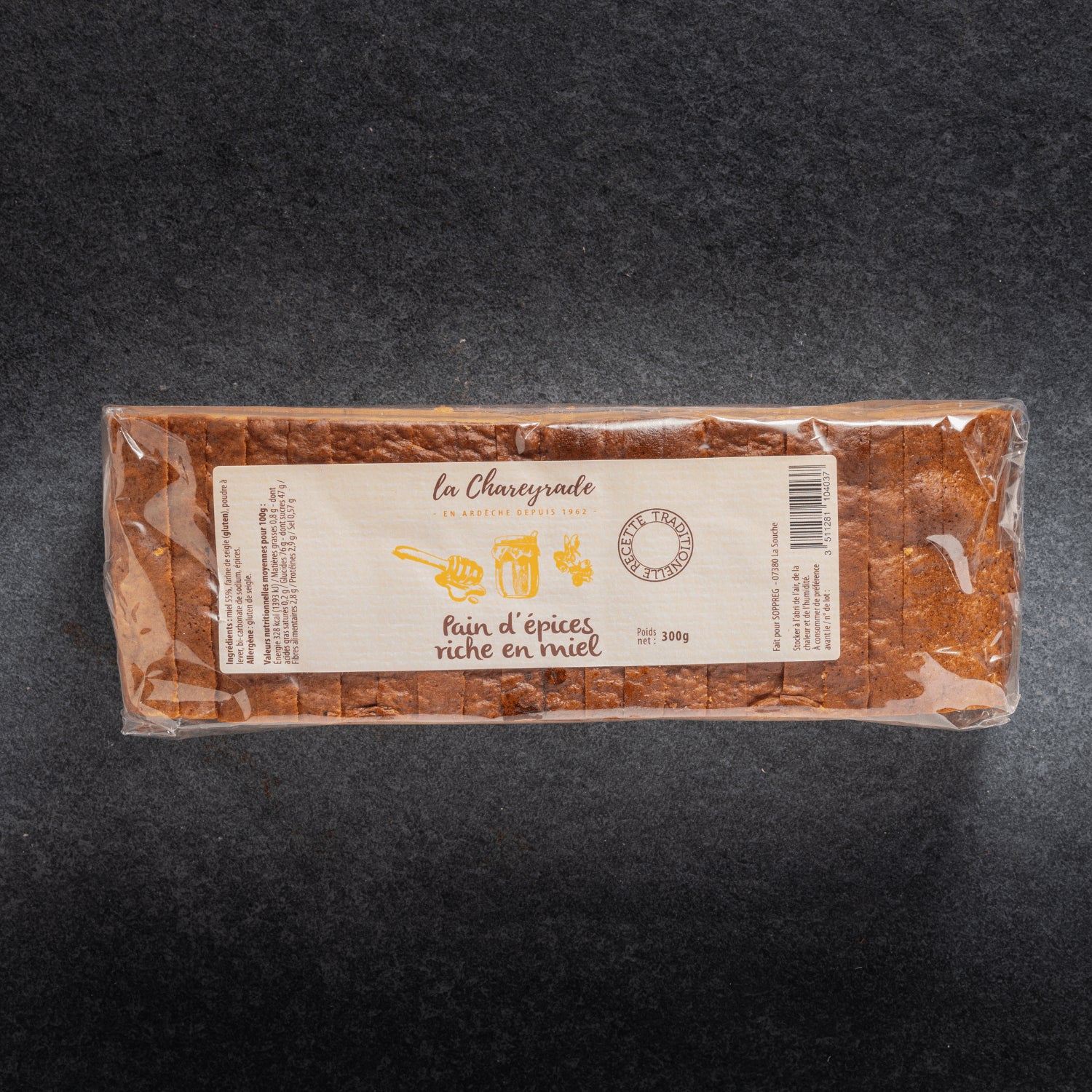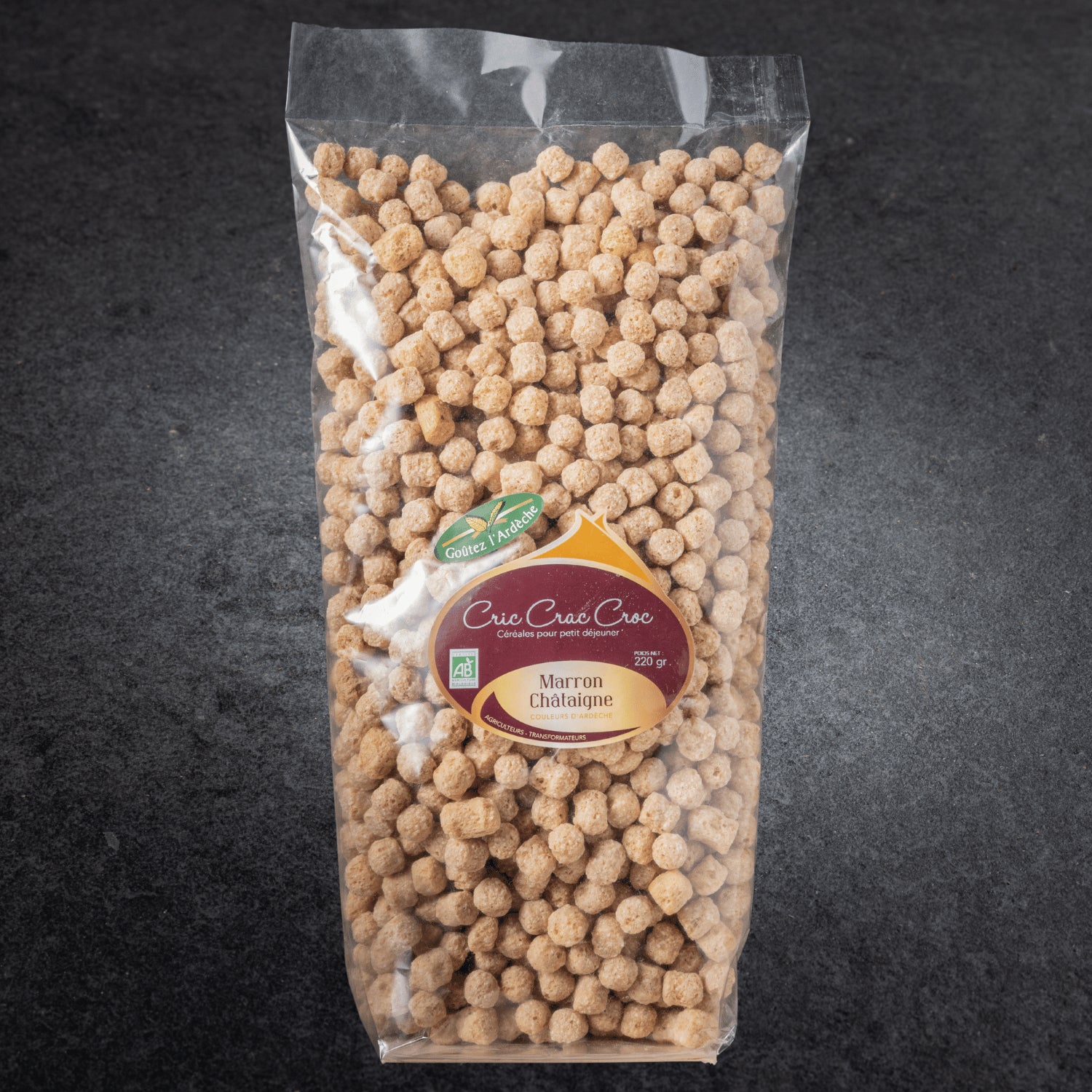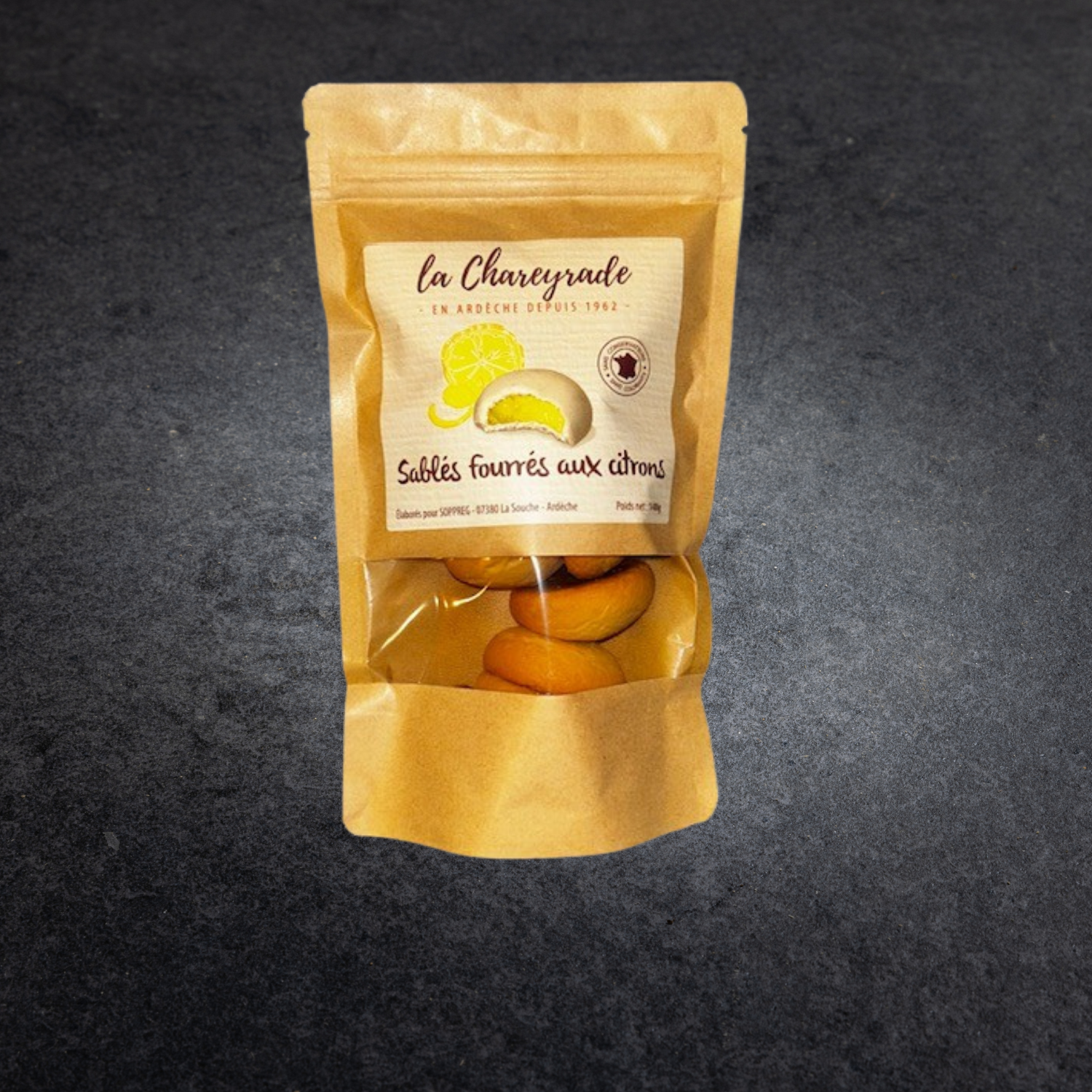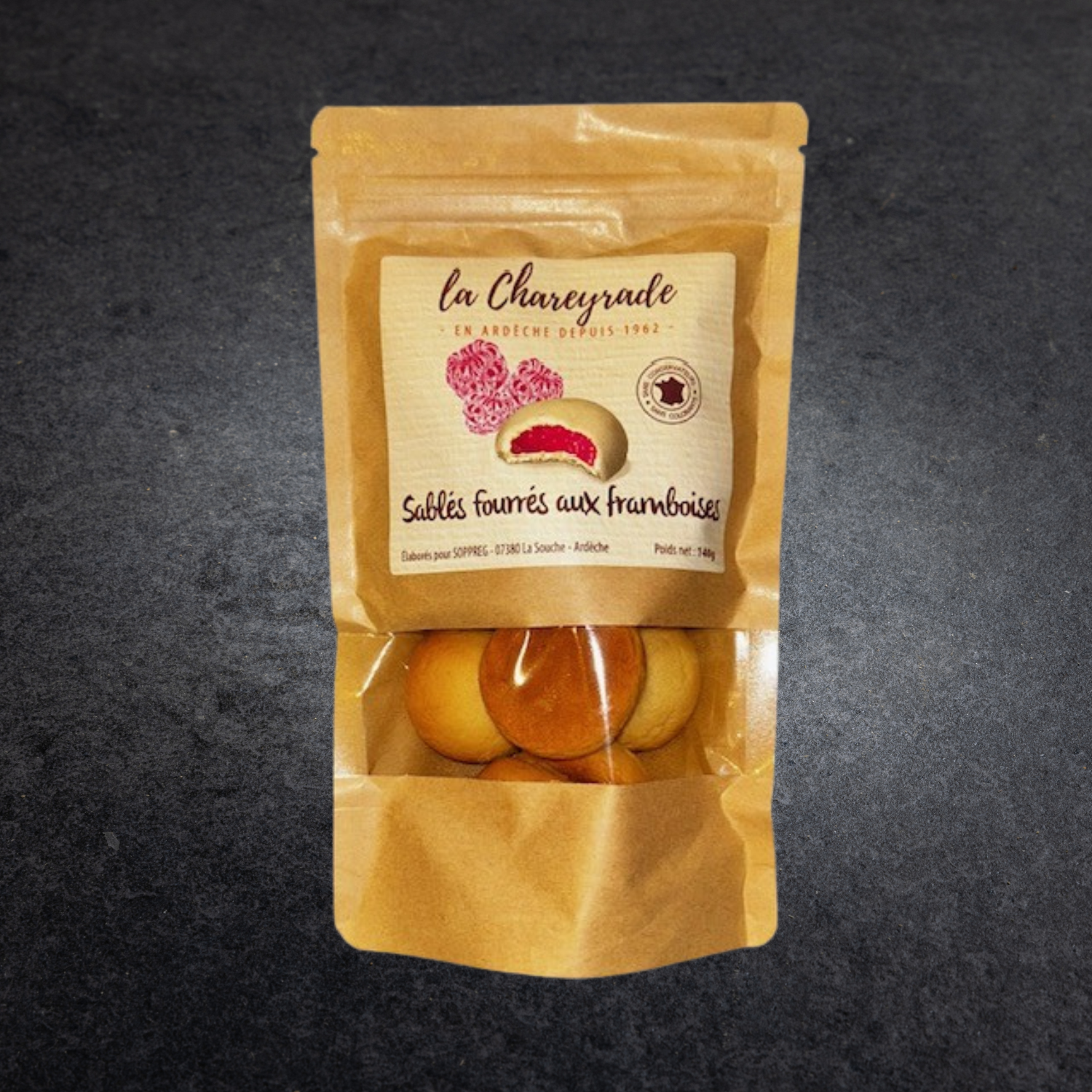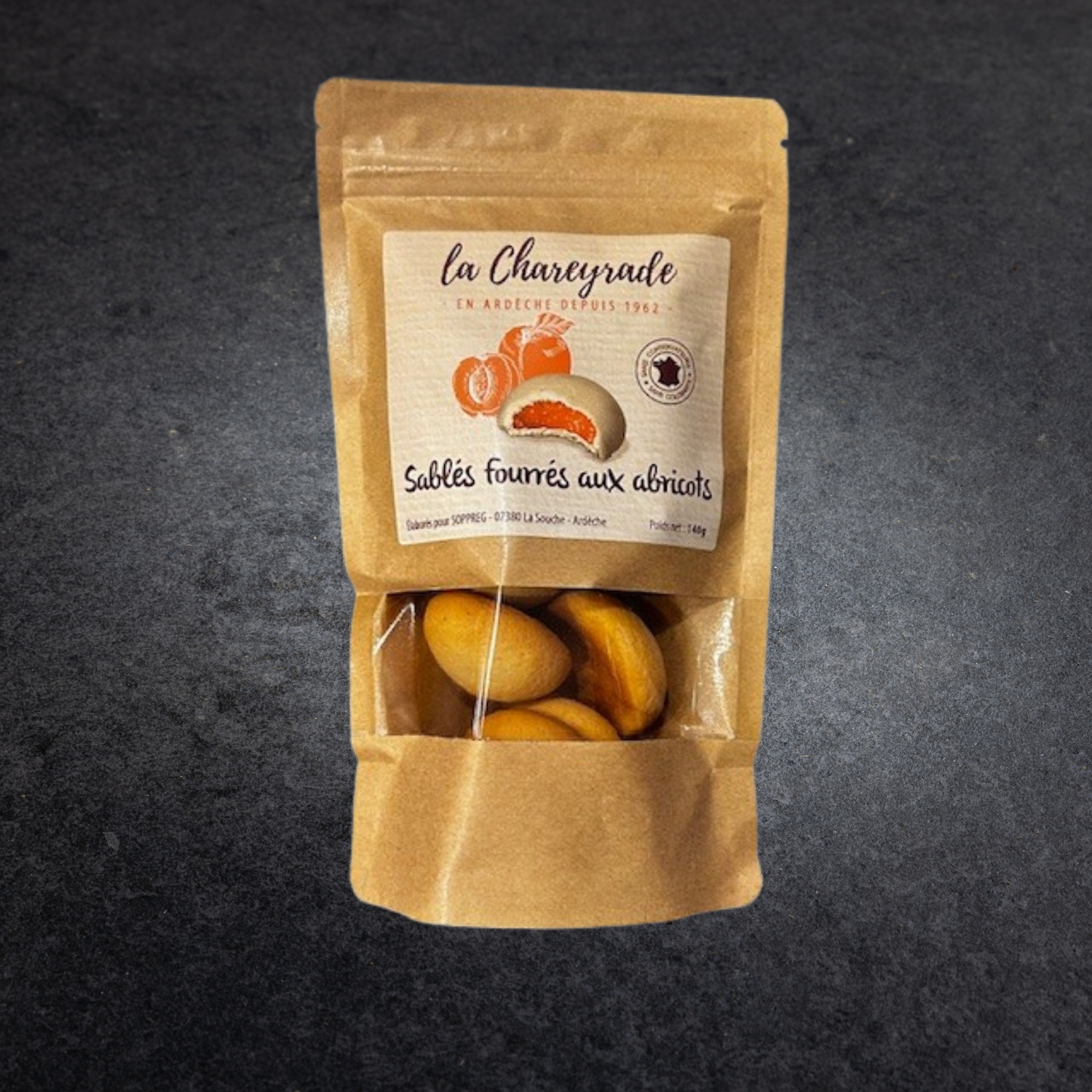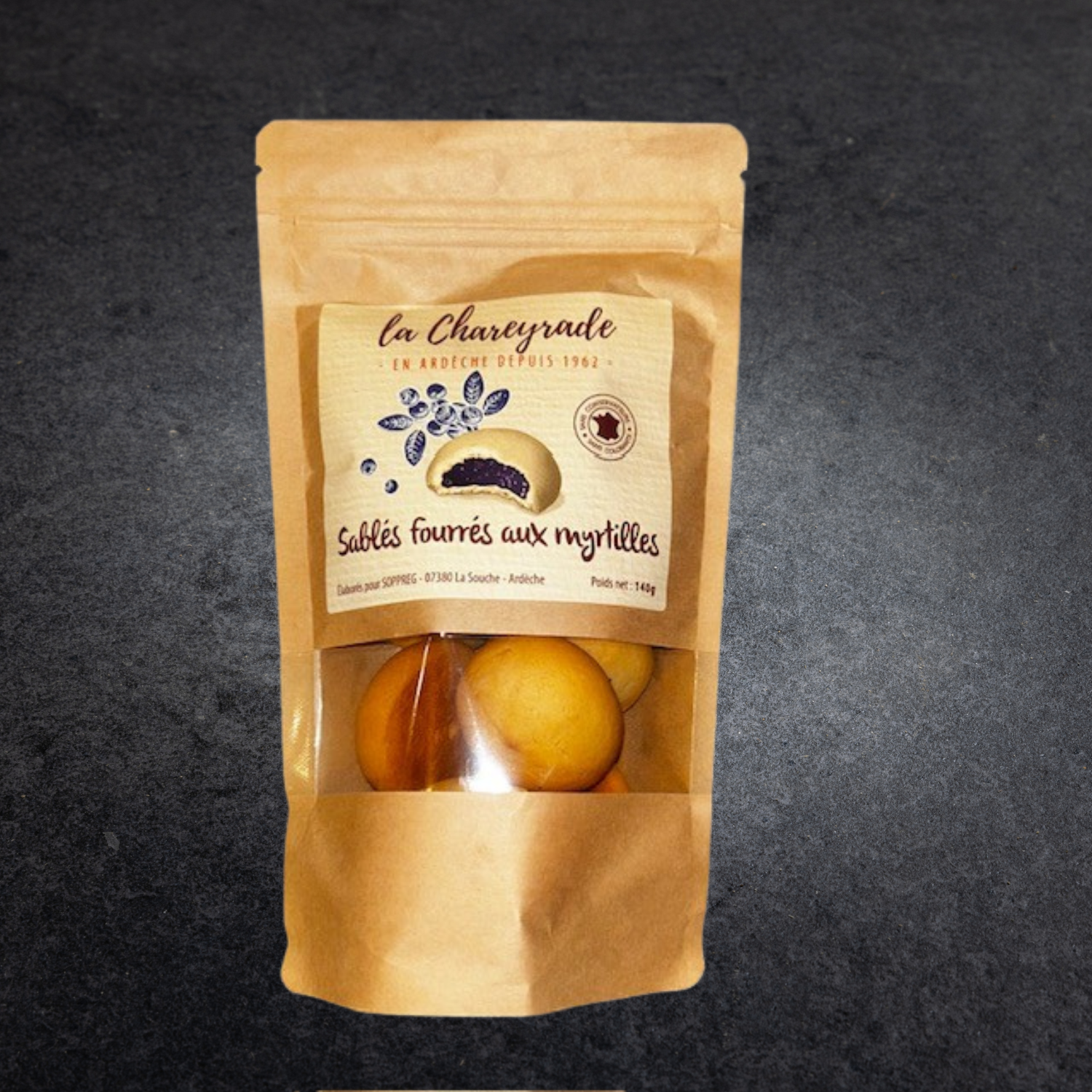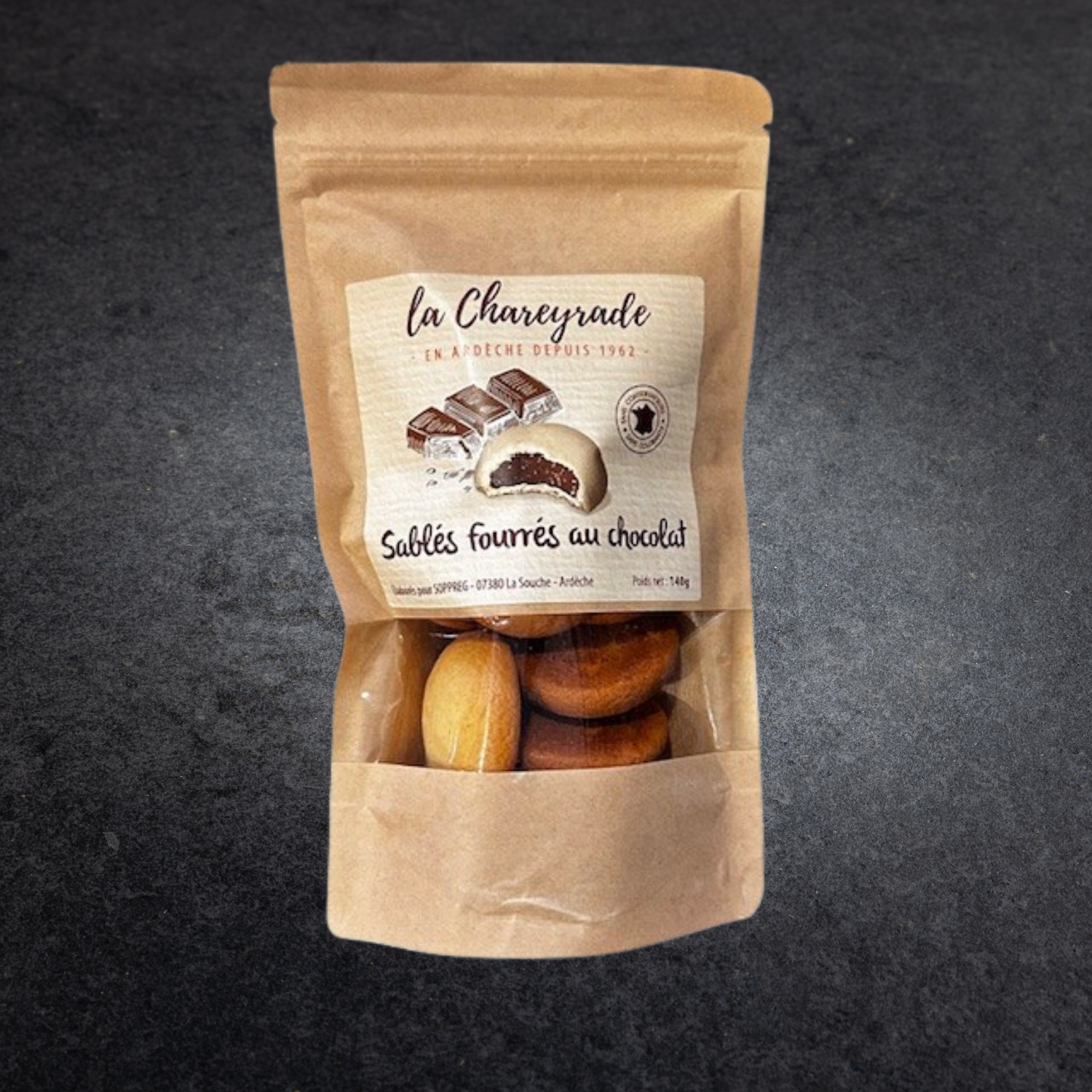The Advent calendar has become a December staple. Whether filled with chocolates, toys, handcrafted goods, or even savory treats, it has established itself as a heartwarming ritual that accompanies young and old alike until Christmas. But where did this tradition come from? How did it evolve into a true commercial and cultural phenomenon? Let's take a look back at the fascinating history of the Advent calendar… and how it continues to reinvent itself, particularly in the world of food.
Its origins: a 19th-century German tradition
The Advent calendar has its roots in Germany in the mid-19th century. Originally, it wasn't an object, but a religious family custom . Protestant families used to await Christmas by marking each day of December with a prayer, a Bible verse, or a small religious illustration.
Around 1850, some families began giving children 24 religious pictures , which they were to hang on a wall or board each day. These early “calendars” were not yet boxes, nor even windows to open. They were more like a spiritual journey, a visual way to wait for the birth of Christ.
The appearance of the first printed advent calendars
It wasn't until the beginning of the 20th century that the first printed Advent calendars appeared. One of the pioneers was Gerhard Lang , a German publisher whose mother used to make him, when he was a child, a cardboard picture with 24 biscuits sewn onto it.
Inspired by this memory, in 1908 he launched one of the first printed calendars intended for the public. It consisted of an illustrated sheet accompanied by 24 images to cut out and paste , one for each day. The concept was an immediate success.
A decisive innovation then emerged:
Cut-out windows , invented in the 1920s, reveal an image or message when the child opens them.
It was at this time that the Advent calendar began to become a playful, sometimes decorative object, and no longer just a spiritual one.
The arrival of chocolates: a gourmet revolution
Chocolate only appeared after the Second World War. Manufacturers wanted to revive production after food shortages, and found in the Advent calendar an opportunity to create a sweet ritual for children.
The first advent calendars containing chocolate appeared in the 1950s. They quickly became a huge success across Europe, and then worldwide.
Why such enthusiasm?
-
Chocolate embodies pleasure and celebration.
-
Children are naturally drawn to this daily reward.
-
Manufacturers see this format as an effective way to boost sales during the Christmas period.
This is how the Advent calendar went from being a religious practice to a festive product for the general public .
Modern Advent calendars: a booming market
Since the 2000s, the Advent calendar has experienced a spectacular revival. It is no longer just for children, and certainly not limited to chocolate. Now, Advent calendars can be found in almost every sector:
-
Beauty and well-being (creams, perfumes, makeup)
-
Treats (jams, biscuits, teas, coffees, beers, cheeses…)
-
Handmade products (candles, soaps, local creations)
-
Games and leisure activities (puzzles, LEGO, books)
-
Pet products (treats for cats and dogs)
The Advent calendar responds to a real modern need: to rediscover the magic, the rhythm and the joyful anticipation of the holiday season.
The return of taste and craftsmanship: the trend of gourmet advent calendars
In recent years, a new trend has emerged: gastronomic Advent calendars , focused on pleasure, quality, authenticity and local produce.
This phenomenon can be explained by several reasons:
-
Consumers are looking for more artisanal and less industrial products.
-
They want to have a different experience every day.
-
Food gifts are universal, friendly, and often more appreciated than material products.
-
The “local” aspect and the showcasing of know-how are becoming increasingly appealing.
It is in this context that Advent calendars dedicated to beer, cheese… and even artisanal sausage were born! A logical evolution for a product that embodies sharing, tradition and authenticity.
A tradition that continues to reinvent itself
Despite its religious history, the Advent calendar has become a cultural object, sometimes gastronomic, often playful, and always eagerly awaited. It transcends generations and constantly reinvents itself.
It is this ability to evolve that explains its lasting success:
-
formerly spiritual,
-
then educational,
-
then gourmet,
-
now trendy and experiential.
Today, the Advent calendar celebrates not only the passage of time, but also the simple pleasures of everyday life.
What if you reinvented Advent with a calendar… made entirely of sausage?
In this evolution of gourmet advent calendars, some ideas stand out – particularly those that showcase French artisanal skills . This is precisely the case with the sausage advent calendar from La Boutique des Saucissons .
Designed for charcuterie lovers, it combines:
- handcrafted quality
- variety of flavors,
- daily pleasure
- and discovery of the French terroir.
Every day, one or more dry sausages await you. An original, generous concept, perfect for adding a touch of authenticity to your December.
If you are looking for an Advent calendar:
-
gourmand,
-
friendly,
-
handcrafted,
-
and different from all the others…
👉 The sausage advent calendar from La Boutique des Saucissons is made for you.
An ideal gift for lovers of fine things — or for yourself!
